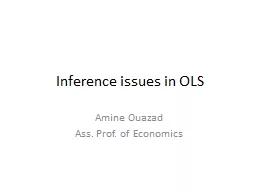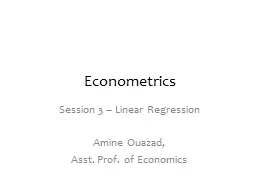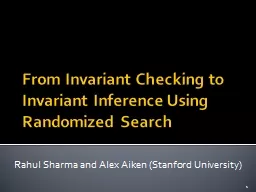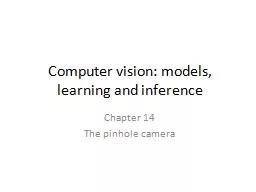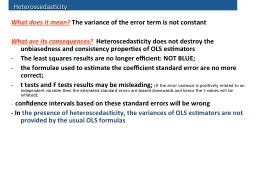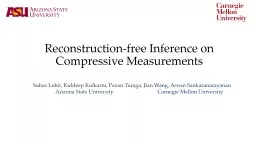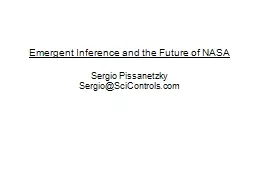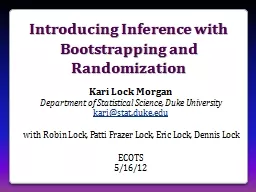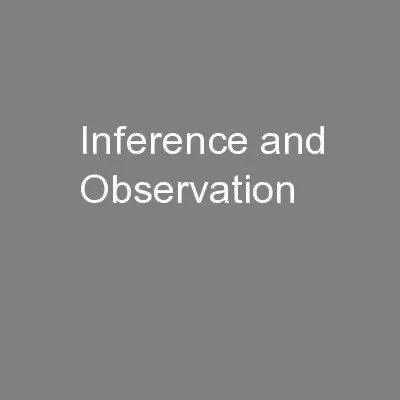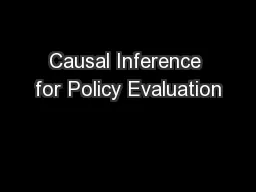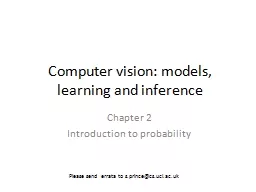PPT-Inference issues in OLS
Author : natalia-silvester | Published Date : 2017-11-09
Amine Ouazad Ass Prof of Economics Outline Heteroscedasticity Clustering Generalized Least Squares For heteroscedasticity For autocorrelation Heteroscedasticity
Presentation Embed Code
Download Presentation
Download Presentation The PPT/PDF document "Inference issues in OLS" is the property of its rightful owner. Permission is granted to download and print the materials on this website for personal, non-commercial use only, and to display it on your personal computer provided you do not modify the materials and that you retain all copyright notices contained in the materials. By downloading content from our website, you accept the terms of this agreement.
Inference issues in OLS: Transcript
Download Rules Of Document
"Inference issues in OLS"The content belongs to its owner. You may download and print it for personal use, without modification, and keep all copyright notices. By downloading, you agree to these terms.
Related Documents

